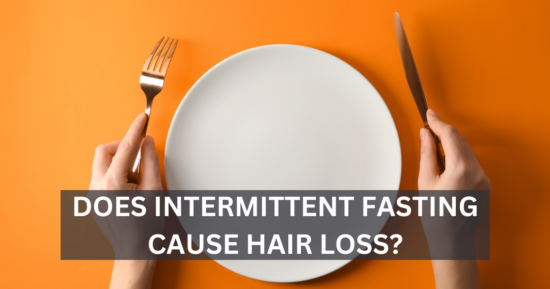Science
John E. Nestler
Hyperinsulinaemic insulin resistance is charac- teristic of many, if not all, women with polycystic ovary syndrome (PCOS). We will review evidence suggesting that hyperinsulinaemia promotes hyperandrogenism in PCOS by two distinct and independent mechanisms: (i) by increasing circulating ovarian androgens; and (ii) by directly reducing serum sex hormone-binding globulin concentrations. The net result of these actions is to increase circulating free testosterone concentrations. It appears likely that an inherent (probably genetically determined) ovarian defect need be present in women with PCOS, which makes the ovary susceptible to insulin stimulation of androgen production. Limited evidence suggests that hyperinsulin-aemia might also promote ovarian androgen production by influencing pituitary release of gonadotrophins. This latter possibility, however, has not been critically evaluated. The clinical implication of these findings is that amelioration of hyperandrogenism in women with PCOS may be achieved by interventions which improve insulin sensitivity and reduce circulating insulin. Such measures might include, but are not limited to, weight loss, dietary modification, and insulin-sensitizing medications.












